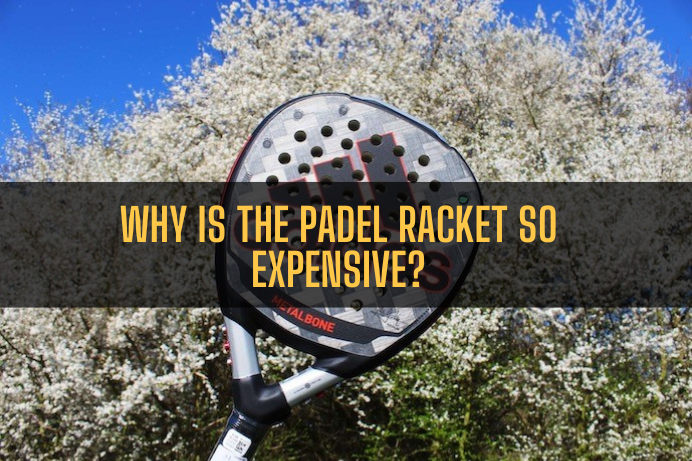The comparison between Padel and Pickleball is inevitable due to their increasing popularity in sports. Padel is experiencing the most rapid growth globally, while Pickleball is the fastest-growing racket sport in the United States. To determine the extent of their overlap, I conducted a search on Google to gather information.
Upon closer examination, it becomes apparent that Padel and Pickleball have distinct differences despite their superficial similarities. These sports have separate origins, with Pickleball evolving from badminton and Padel deriving from tennis. Consequently, their court dimensions, scoring systems, and rules of play greatly differ.
Alike but immensely contrasting
Although these two games may seem similar at first glance, they have significant differences in their structure and form.
Each game has its unique rules, playing techniques, and scoring system. Therefore, it is important to understand the specifics of each game before starting to play.
Furthermore, the courts on which these games are played have distinct appearances. Padel courts feature transparent glass walls, which allow players to hit the ball after it has bounced off the walls.
On the other hand, Pickleball is played on an open court without the option of a ball rebounding off glass walls. If you are a fan of playing doubles, both games will be suitable for you. However, it is crucial to note that Padel requires doubles to be played on a standard Padel court. While some singles courts are available for Padel, most are designed for doubles.
In contrast, Pickleball is more flexible and allows both singles and doubles to be played on the same court.
If you enjoy playing doubles, you will enjoy both games. However, it is important to remember that Padel requires doubles to be played on a normal Padel court. While few singles courts exist for Padel, most are intended for doubles. On the other hand, pickleball is more adaptable, allowing both singles and doubles to be played on the same court.
One important distinction between the two sports is that Pickleball has designated prohibited areas on the court. These areas on your side of the court cannot be stepped on except in certain rule exceptions. Being aware of this rule is crucial, as not knowing could result in losing valuable points.
Although Pickleball and Padel may appear similar initially, they utilize very different equipment. The paddle of a padel racket has a thicker and perforated face, while a pickleball paddle has a solid face. For a more detailed comparison, refer to my article on a padel racket.
The ball used in the Padel is similar to a tennis ball but with less pressure, resulting in a lower bounce. You can find more information on this distinction in my article on the difference between a padel ball and a tennis ball. The Head Padel Pro ball is commonly used in most tournaments of the World Padel Tour. You can also check out my list of recommended padel balls.
In contrast, Pickleball employs a perforated plastic ball that moves much slower through the air.
Both sports feature long rallies but for different reasons. In Pickleball, the slow wiffleball is the primary cause, whereas, in Padel, the surrounding walls help keep the ball in play.
Playing Pickleball gives you the sensation of standing on a large ping pong table, while Padel provides the feeling of being on a shorter tennis court.
In both games, a net divides the court. However, pickleball lines resemble those of badminton, while padel lines resemble the service blocks on a tennis court.
The Variances in Court Sizes
One of the initial aspects that grabbed my attention was the stark contrast between the courts used in paddle tennis and Pickleball.
Characteristics of the paddle tennis court
- The paddle tennis court measures 10 meters in width and 20 meters in length.
- It is shaped like a rectangle and is divided into two halves by a net.
- Each side of the net is equipped with service lines.
- A line splits the net and service area in half, resulting in two equal blocks.
- The painted service lines are 20 centimeters wide.
- Enclosed or covered courts must have a minimum clearance height of 6 meters.
- The sides of the court are enclosed using a combination of glass/cement walls and wire mesh fences.
- The service blocks in paddle tennis indicate where the ball must bounce after a service.
If you want to discover more information about paddle tennis courts, I have written an article that provides a comprehensive overview, which you can find here.
Features of a pickleball court
- The dimensions of a pickleball court are 13.41 meters in width and 6.1 meters in length.
- Similar to paddle tennis, it features a net that divides the court into two halves.
- On both sides of the net, an area closes to the net called the “kitchen,” a no-volley zone. It is marked 2.13 meters away from the net.
- The pickleball court has the same dimensions as a badminton court.
- The net is set at a height of 0.91 meters.
- A center line divides the service area into right and left sections.
- The service blocks in Pickleball indicate where the ball must bounce after a service.
What about following the rules?
Apart from the court dimensions, there are significant differences between the rules of Padel and Pickleball.
A primary difference lies in the starting point of each point, which is the service.
The service requires the ball to be hit below waist level in both games. However, in Padel, the ball must bounce before being struck, while in Pickleball, it must be hit without any bounce, similar to badminton’s service.
Regarding service attempts, Pickleball only allows one try, except if the ball hits the net during the serve, allowing for a second attempt. Conversely, in Padel, players have the opportunity for first and second service, resembling the tennis approach to serving.
Both feet must be behind the baseline when serving in Pickleball, and at least one foot should touch the court surface. In contrast, Padel’s baseline is a solid glass or cement wall. As a result, the padel service is performed from the area between the baseline and the line marking the edge of the service block.
One similarity between the two games is that the service is played diagonally, targeting the marked service block in the opponent’s court. Additionally, players start their turn at service by positioning themselves on the right-hand side of the court.




